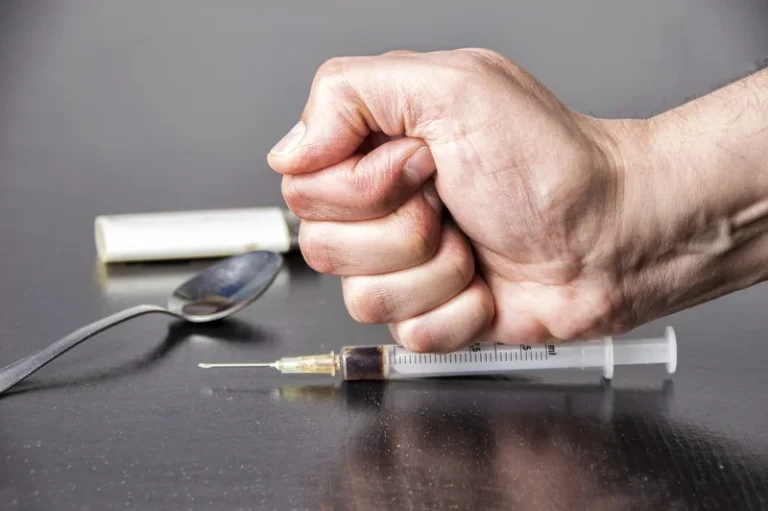
Globally, the age-standardized death rate has declined from approximately 40 deaths per 100,000 people in the early 1990s to 30 deaths per 100,000 in 2019. The charts show global consumption of spirits, which are distilled alcoholic drinks, including gin, rum, whisky, tequila, and vodka. As we see, following prohibition, levels of alcohol consumption returned to similar levels as in the pre-prohibition period.
National Institute on Alcohol Abuse and Alcoholism (NIAAA)
She said she’s not a big drinker and that her parents first allowed her small amounts of alcohol at family events about two years ago. The article, published in the Journal of Studies on Alcohol and Drugs, reviewed 107 previous studies on drinking habits and longevity and came to a few key conclusions. Nearly one in 10 U.S. adults consume cannabis at least 10 times a month, with the highest use found among lower-income and less educated individuals. The percentage of U.S. adults classified as “cost secure” has slipped to 55%, a new low.
CBD Oil’s Benefits, Side Effects and Journey Into Australia’s Medical Sphere
Similarly, those who are more familiar with studies about the long-term health effects of drinking are more likely than those with little or no knowledge to say drinkers should stop drinking altogether (26% vs. 17%, respectively). Americans’ concerns about alcohol consumption are not tied to an increase in reports of drinking-related problems in families. Rather, the 25% of U.S. adults who now say drinking has ever been a cause of trouble in their family is the lowest since 1996. Meanwhile, about as many U.S. adults — 43% — do not currently think moderate drinking makes any difference to one’s health, while 8% believe it has a positive effect.
- † Largest number of drinks consumed on an occasion in the past 30 days among adults who reported binge drinking.
- Our study has several strengths, such as the large sample size, the long follow-up, and the methodological improvements implemented to prevent selection biases and reduce reverse causation.
- Whereas 65% of U.S. adults aged 18 to 34 say alcohol consumption negatively affects one’s health, 37% of those aged 35 to 54 and 39% of those aged 55 and older agree.
Mental health disorders as a risk factor for alcohol dependency

The latest data, from the July 1-21 Consumption Habits poll, show a new high of 45% of Americans say drinking one or two alcoholic beverages per day is bad for one’s health. This marks a six-percentage-point increase since last year and a 17-point increase since the prior reading in 2018. Rates of alcohol-induced deaths have risen over the past 2 decades, with a sharp increase during the first year of the COVID-19 pandemic. Over the period, the largest overall annual increase occurred between 2019 and 2020, where the rate increased 26%, from 10.4 per 100,000 standard population to 13.1. During this 2019–2020 period, males and females each had their largest year-to-year percentage increase over the study period, at 26% and 27%, respectively. For both males and females, rates rose with increasing age and peaked for those aged 55–64 before declining for all age groups 65 and over.
North Carolina Alcohol Abuse Statistics
These sobriety statistics show there’s breaking free from the chains of addiction. The cigarette smoking rate among young adults in the U.S. has fallen by more than 20 points in the past two decades. Young adults are now more likely to smoke marijuana or electronic cigarettes than tobacco cigarettes. Adults who attend their church or other place of worship weekly (50%) statistics on alcoholics are less likely than less-frequent attenders (63%) and nonadherents (69%) to say they drink. Relatedly, drinking also differs by education, with college graduates (76%) and postgraduates (75%) the most likely to report they drink. This is followed by nearly two-thirds of those with some college education (65%) and about half of those who haven’t attended college (51%).

Alcohol Seen as Bad for One’s Health; Most Say Drinking Less Is Better
The Institute for Health Metrics and Evaluation (IHME), in its Global Burden of Disease study, provides estimates of the number of deaths attributed to the range of risk factors.5 In the visualization, we see the number of deaths per year attributed to each risk factor. This chart is shown for the global total but can be explored for any country or region using the “Change country or region” toggle. In the chart, we see the relationship between average per capita alcohol consumption – in liters of pure alcohol per year – versus gross domestic product (GDP) per capita across countries. By default, the data for France is shown – in recent decades, here, the share of beer consumption increased to make up around a fifth of alcohol consumption in France. Global trends on alcohol abstinence show a mirror image of drinking prevalence data.
Alcohol-related deaths by age

Unless otherwise stated, the statistics mentioned below are referenced from data sources created from 2018–2021. Most of the studies that measured abstinence found AA was significantly better than other interventions or no intervention. AA began in 1935 when two men in Akron, Ohio, were searching for a way to stay sober; they found it by forming a support group.

Both are measured in terms of pure alcohol/ethanol intake rather than the total quantity of the beverage. Wine contains around 12% pure alcohol per volume, so that one liter of wine contains 0.12 liters of pure alcohol. Data on the share who don’t drink alcohol by gender and age group in the UK is available here. This pattern of drinking is often termed ‘binging,’ where individuals consume large amounts of alcohol within a single session versus small quantities more frequently. Alcohol consumption – whilst a risk factor for a number of health outcomes – typically has the greatest negative impacts when consumed within heavy sessions. In a related chart, you can see the share who drink alcohol by gender and age group in the UK.
The Australian Secondary School Student’s use of alcohol and other substances latest report found 81 per cent of students who had consumed alcohol engaged in risky drinking (five or more alcoholic drinks on any one occasion). Design, Setting, and Participants This prospective cohort study used data from the UK Biobank, a population-based cohort. Importance Alcohol consumption is a leading cause of morbidity and mortality that may be more important in older adults with socioeconomic or health-related risk factors. On average, U.S. drinkers report that they had four drinks in the past week, which matches the trend average since 1996.

South Carolina Alcohol Abuse Statistics
Nebraska ranks below average in the rate of alcohol-related deaths per capita but above average in underage deaths. Massachusetts has one of the nation’s lowest rates of under-21 alcohol-related drinking deaths. Statistics indicate that Illinois may have a significant underage drinking problem though its under-21 death rate has declined in recent years.












